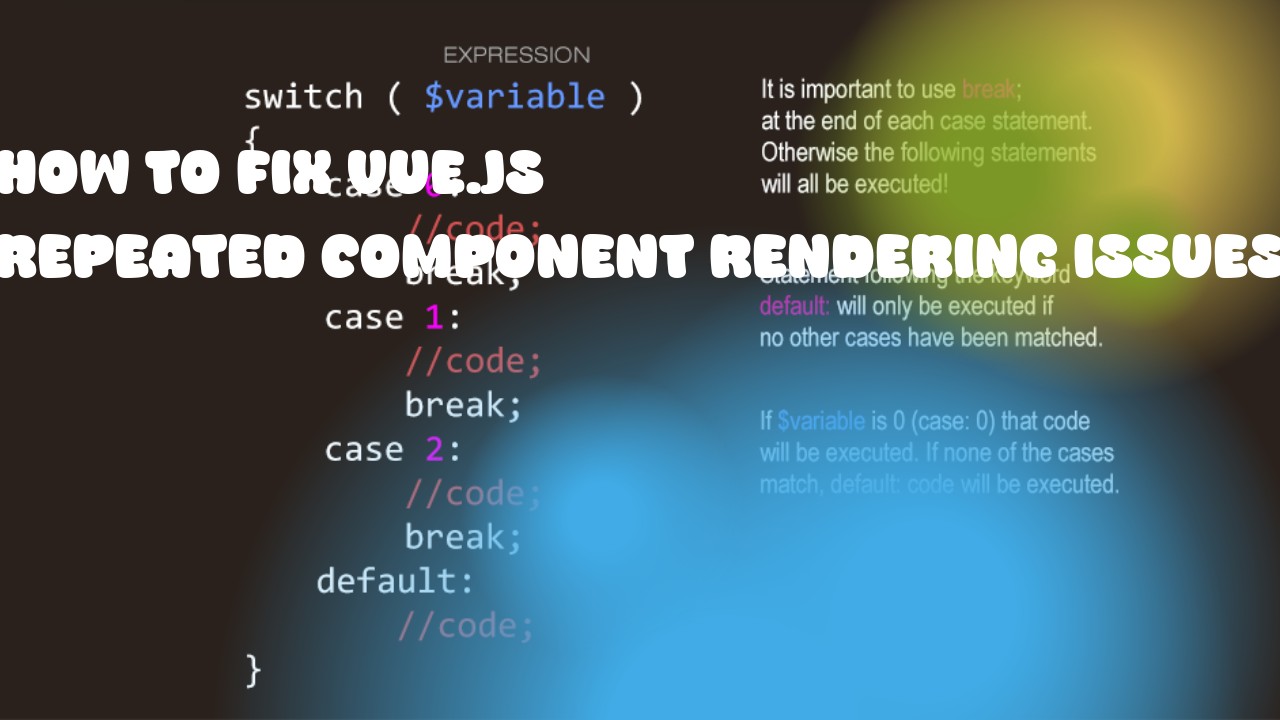Vue.js can cause repeated component rendering issues when dealing with dynamic data or changes in state. This usually happens when the parent and child components are both re-rendering because of a change in their props, causing an infinite loop of renders. Here are some ways to fix this issue:
- Use
v-oncedirective: Vue provides av-oncedirective that tells Vue not to re-render the element and its children when the parent component is re-rendered. This can be used to avoid infinite renders in components that only need to render once.
Example:
<template>
<div v-once>
<!-- Your component content -->
</div>
</template>
- Use
<keep-alive>component: The<keep-alive>component can be used to keep components in memory between route changes, reducing the number of renders. When a component is deactivated (hidden), it will remain in memory and can be reactivated without being re-rendered.
Example:
<template>
<keep-alive>
<component :is="currentComponent"></component>
</keep-alive>
</template>
<script>
export default {
data() {
return {
currentComponent: 'MyComponent'
}
}
}
</script>
- Avoid using
v-forwithkey. Vue.js uses the key attribute to determine which items have changed, added or removed from an array. If you want to ensure your component only re-renders when its props change, avoid using a dynamic key inv-for. Instead, use a stable id or index as the key.
Example:
<template>
<ul>
<li v-for="item in items" :key="item.id">
{{ item.name }}
</li>
</ul>
</template>
<script>
export default {
data() {
return {
items: [
{ id: 1, name: 'Item 1' },
{ id: 2, name: 'Item 2' }
]
}
}
}
</script>
- Use the
watchproperty to handle changes in props and trigger a re-render only when necessary:
Example:
export default {
props: {
items: Array
},
data() {
return {}
},
computed: {},
watch: {
items(newVal, oldVal) {
// Your logic to handle prop changes
}
},
methods: {}
}
-
Use Vuex for state management: Vuex is a centralized store that allows you to manage your application's state across components. It helps to ensure that the state is consistent and avoids multiple renders.
-
Debug your code: Use Vue Developer Tools to debug your code and identify where the infinite loop of renders is happening. Use the
console.logstatements in your code to log data and understand what changes are being made.

